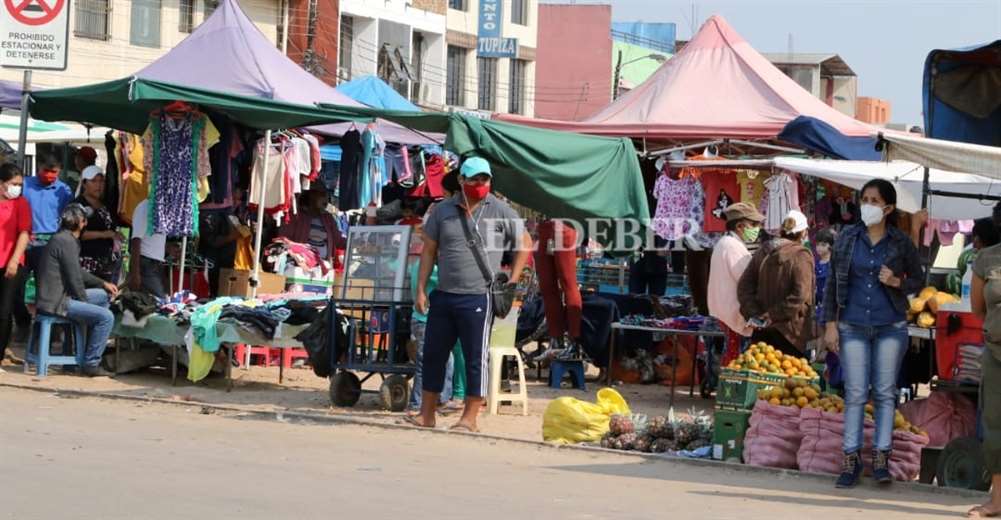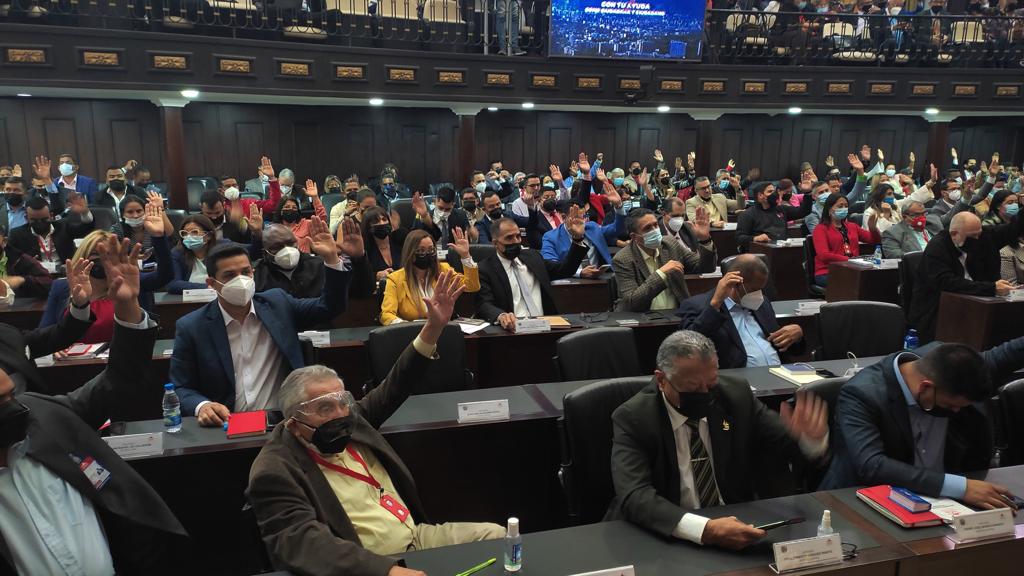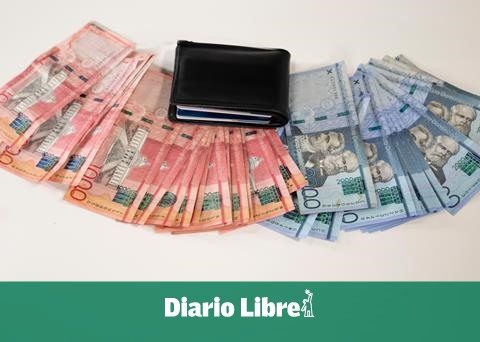Not only from industry and construction does employment live: the detail province by province
Industry and construction were the main drivers of recorded job growth in 2021, but not the only ones, as in each of the 24 jurisdictions there were also specific sectors that contributed to the overall recovery.
The economist Alejandro Pegoraro, director of the Politikon Chaco consultancy, elaborated the detail of the sectors with the highest rise and also those with the greatest fall in each district between December 2020 and the same month of 2021.
In descending order according to the year-on-year change in registered private job creation, the detail is as follows:
. Catamarca (13.2%): The sectors with the highest growth were mining, textiles, footwear and chemical products; construction, agriculture and computer services, while those with the worst performance were financial intermediation and electricity and water supply.
. Neuquen (7.2%): The increase was driven by the exploitation of hydrocarbons, the chemical industry and non-metallic minerals, construction and hotels and restaurants, while agriculture and financial intermediation were recorded among the declines.
. Formosan (6.9%): Construction and financial intermediation led the increases, in contrast to the manufacturing industry and hotels and restaurants.
. Saint John (6.8%): The improvement was driven by the extraction of metal ores, food, chemical and metal products, and construction; the main falls occurred in agriculture and the textile industry.
. Holy Cross (5.4%): Fishing, mining and quarrying, and construction led the growth, while food, chemicals, and education were at the other extreme.
. La Rioja (5.2%): The rise was led by mining and quarrying, construction and transportation services; while the decreases corresponded to footwear and leather, food and hotels and restaurants.
. Missions (5%): The growth was led by food, wood and paper, trade and construction, while transportation and financial intermediation were the main falls.
. Jump (4.8%): There were improvements in mining and quarrying, chemicals, metals and construction, with falls in financial intermediation, community and personal services and tobacco production.
. Cordoba (4.3%): The best performances were in forestry and wood extraction, the textile industry, paper, rubber and plastic, machinery and equipment, and construction, with decreases in crude oil extraction, the clothing industry, footwear and leather, and transport and cargo services.
. Santa Fe (4%): Increases in exploitation of mines and quarries, chemical products, rubber and plastic and other non-metallic products and construction, with decreases in transportation and financial intermediation.
. Jujuy (3.9%): The rise was based on construction, tourist services and the tobacco industry, while the fall was focused on agriculture, food production and financial intermediation.
. Santiago del Estero (3.8%): Agriculture, the textile industry and construction led the rise, while the falls were in transportation services and food.
. Chaco (3.8%): Improvements in construction, computer services and the textile industry, with declines in food production and in hotels and restaurants.
. Between Rivers (3.5%): Growth in the food and wood industry and in construction, with decreases in financial intermediation and in hotels and restaurants.
. Black River (3.4%): Agriculture and livestock, construction and community services led the increases; while the declines were in the food industry, transport services and real estate.
. The Pampas (3.2%): Growth was led by food, metals and non-metallic minerals, construction and commerce, while the decreases occurred in electricity, water and gas and transportation services.
. Buenos Aires (3.1%): The improvements were focused on construction, computer and research services and temporary employment agencies, with decreases in social and health services, financial intermediation and exploitation of mines and quarries.
. Saint Louis (2.4%): The main increases were those of the paper industry, machinery and equipment and furniture, computer services and temporary employment agencies; and the losses occurred in mining and quarrying, the rubber and plastic industry, and hotels and restaurants.
. Mendoza (2.3%): There was growth in the paper, rubber and plastic industry and metal products, business services and education, with decreases in mining and quarrying, the oil industry and transportation services.
. CABA (2.1%): They improved the office and woodworking machinery industry, computer services, and temporary employment agencies; while the footwear and leather industry, paper and recycling, hotels and restaurants and transportation fell.
. Currents (2%): The textile, wood and metal industries, construction and business services grew, while the publishing and printing industry, non-metallic minerals, hotels and restaurants and real estate services fell.
. Chubut (1.9%): Improvements in fishing, commerce and food, with decreases in the production of non-metallic minerals, machinery and equipment, construction and IT services.
. Tucuman (1.4%): Agriculture, the textile industry and financial intermediation led the increases and there were falls in food, chemicals, metals, hotels and restaurants.
. Land of Fire (0.3%): The growth occurred in chemicals, radio and TV, hotels and restaurants and commerce, while the decreases were in fishing, financial intermediation and real estate services.


















